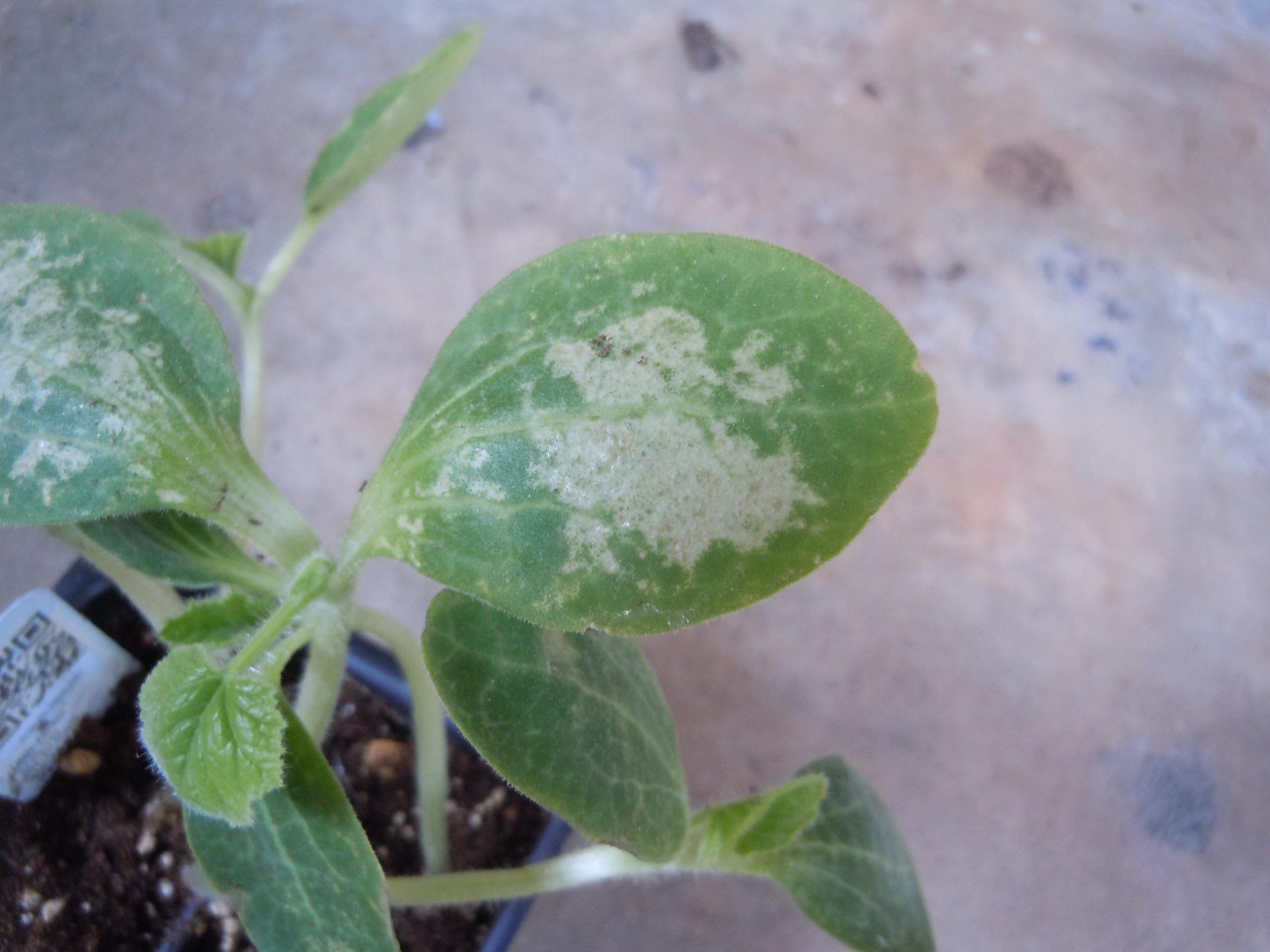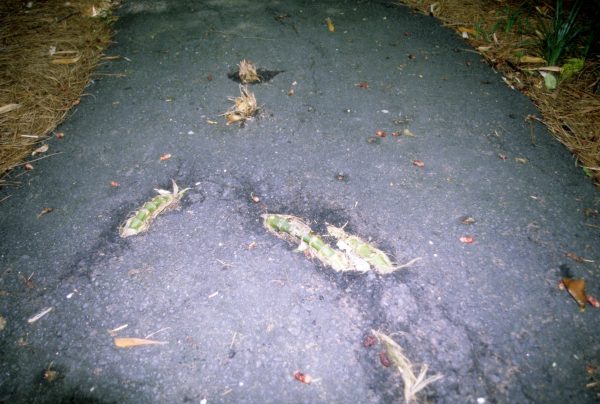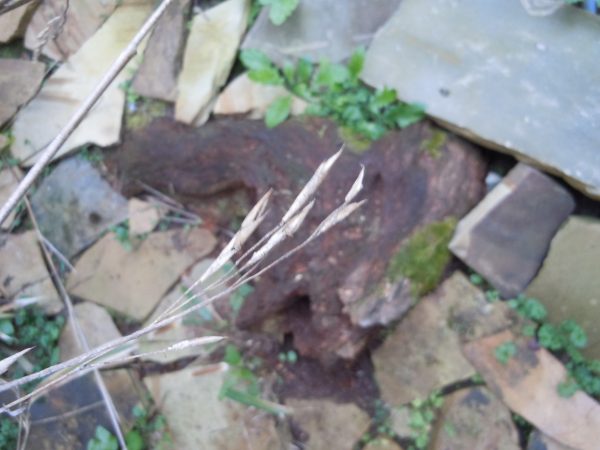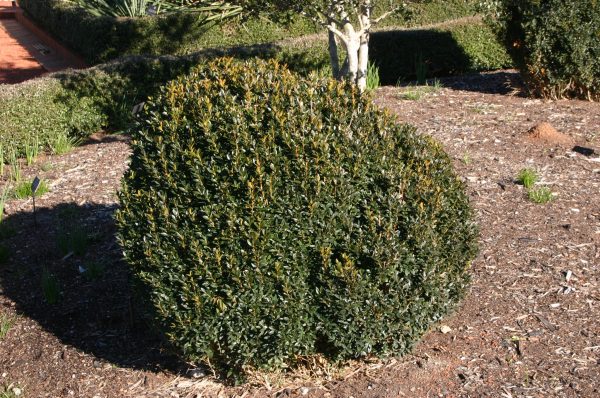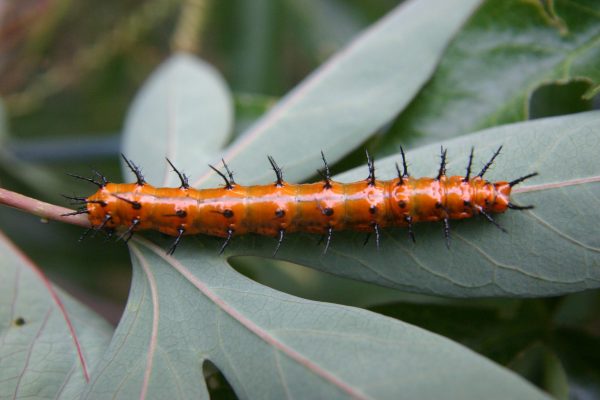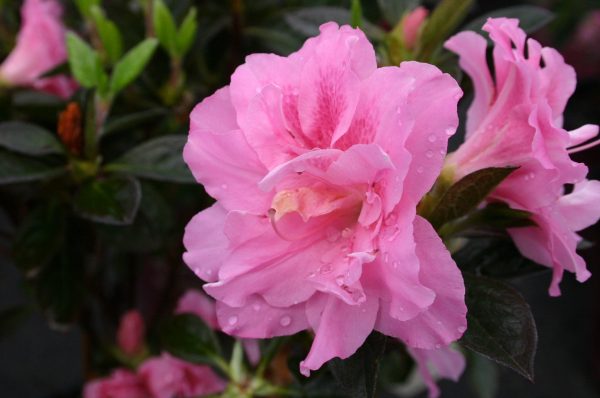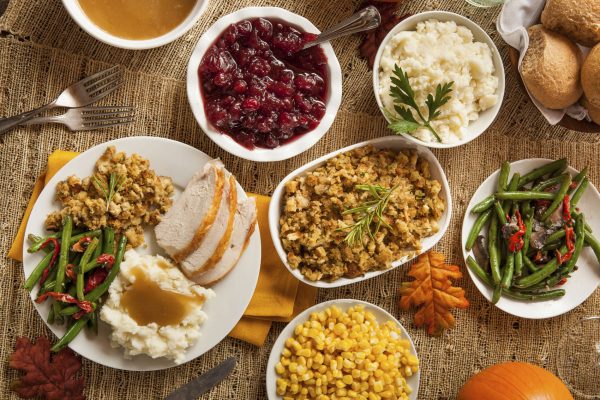Vegetables – Cold Damage
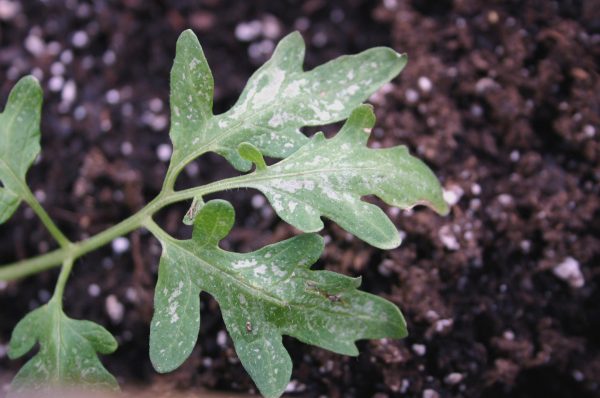
Vegetable crops differ in their hardiness to cold temperatures, depending upon their genetics and origin. Warm season crops, such as tomatoes, snap beans, and the cucurbits originated in tropical areas and can be severely injured by even a light frost. On the other hand, cool season crops, such as broccoli, cabbage, peas, and onions originated in northern areas and can tolerate frost and light freezes of short durations with little damage.
Delay nitrogen applications on early spring planted vegetables until the danger of cold injury has passed. Apply nitrogen early in the season to fall planted crops, so that as plants approach maturity, the tissue will be in a slight declining growth state rather than a flush stage of succulent growth.
Symptoms of freeze injury on selected vegetables:
Artichoke: Epidermis becomes detached and forms whitish to light tan blisters. When blisters are broken, underlying tissue turns brown.
Asparagus: Tip becomes limp and dark; the rest of the spear is water-soaked. Thawed spears become mushy.
Beet: External and internal water-soaking; sometimes blackening of conducting tissue.
Broccoli: The youngest florets in the center of the curd are most sensitive to freezing injury. They turn brown and give off strong odors upon thawing.
Cabbage: Leaves become water-soaked, translucent, and limp upon thawing; epidermis separates.
Carrot: Blistered appearance, jagged length-wise cracks. Interior becomes water-soaked and darkened upon thawing.
Cauliflower: Curds turn brown and have a strong off-odor when cooked.
Celery: Leaves and petioles appear wilted and water-soaked upon thawing. Petioles freeze more readily than leaves.
Garlic: Thawed cloves ap pear grayish-yellow and water-soaked.
Lettuce: Blistering; dead cells of the separated epidermis on outer leaves be come tan; increased susceptibility to physical damage and decay.
Onion: Thawed bulbs are soft, grayish-yellow, and water-soaked in cross section; often limited to individual scales.
Pepper, bell: Dead, water-soaked tissue in part or all of pericarp surface; pitting, shriveling, and decay follow thawing.
Potato: Freezing injury may not be externally evident, but shows as gray or bluish-gray patches beneath the sink. Thawed tubers become soft and watery.
Radish: Thawed tissues appear translucent; roots soften and shrivel.
Sweet potato: A yellowish-brown discoloration of the vascular ring, and a yellowish-green water-soaked appearance of other tissues. Roots soften and become very susceptible to decay.
Tomato: Water soaked and soft upon thawing. In partially frozen fruits, the margin between healthy and dead tissue is distinct, especially in green fruits.
Turnip: Small water-soaked spots or pitting on the surface. Injured tissues appear tan or gray and give off an objectionable odor.
Frost resistance of vegetables.
[table id=2 /]* very hardy vegetables can withstand freezing temperatures and hard frosts for short periods without injury. They may be planted as soon as the ground can be prepared. usually 4 to 6 weeks before the average frost-free date.
** Frost tolerant vegetables can withstand light frosts and can be planted 2 to 3 weeks before the average frost-free date.
*** Tender vegetables are injured or killed by frost, and their seeds do not germinate well in cold soil. They are usually planted on or after the average frost-free date.
**** Warm loving vegetables cannot tolerate cold. They require warm soils for germination and good growth, and should be planted 1 to2 weeks after the average frost-free date.
Taken from:
Effects of Cold Weather on Horticultural Plants in Indiana

tomato freeze damage


